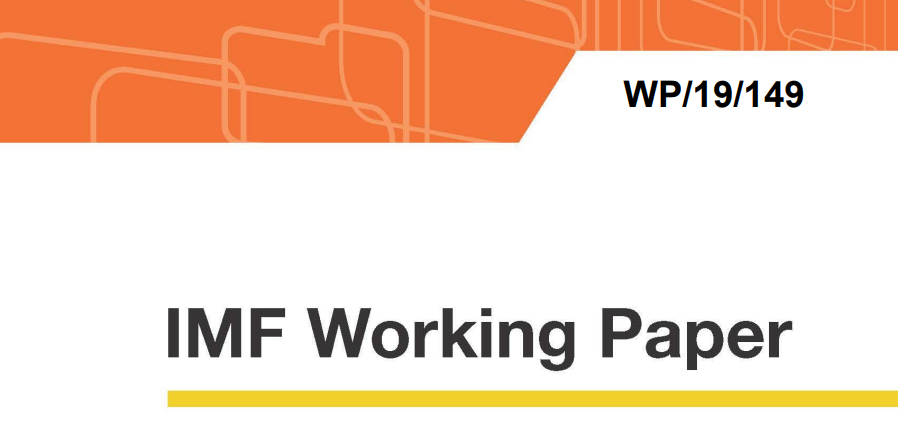Informality and the Challenge of Pension Adequacy: Outlook and Reform Options for Peru
By Christoph Freudenberg, Frederik G Toscani
Past reforms have put the Peruvian pension system on a largely fiscally sustainable path, but the system faces important challenges in providing adequate pension levels for a large share of the population. Using administrative microdata at the affiliate level, we project replacement rates in the defined benefit (DB) and defined contribution (DC) pillars over the next 30 years and simulate the impact of various reform scenarios on the average level and distribution of pensions. In the DB pillar, the regressive minimum contribution period should be re-thought, while in the DC pillar a broadening of the contribution base and/or an increase in contribution rates would help increase replacement rates relative to the baseline forecast of 25-33 percent. A higher net real rate of return than assumed in the baseline would also have a significant positive impact. In the medium-term, labor market reform to tackle informality, and a broad pension reform to restructure the system and avoid competition between the DB and DC pillars should be a priority. Given low pension coverage, having a strong non-contributory pillar will remain important for the foreseeable future.
Read the complete book here











